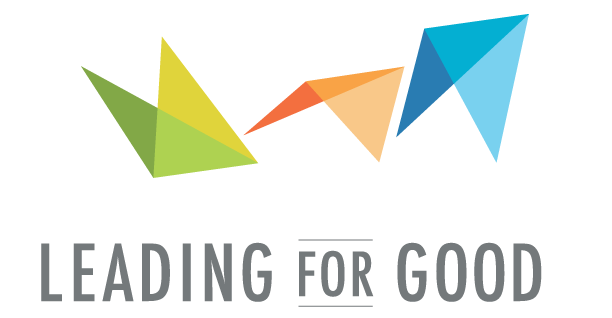Support Leaders to Learn on the Job
““I hear and I forget. I see and I remember. I do and I understand.””
— Confucious
Recently, I met with a new client organization that is seeking to move to being a world class institution for developing leaders. As I talked to this organization about their immediate plans, it became obvious that the immediate plan of attack is to add several new training programs over the coming months. While training is an excellent, foundational investment for organizations, training must be connected to a much larger set of initiatives that are woven into the fabric of its overall business strategy, every day operations and it's organizational values and culture.

For better or worse, a full week of training or even a three day training classes seem like remnants of a long gone "benefit" for employment within a large organization. Today, there are no shortage of free and low cost opportunities to learn through webinars, books, online communities and social networking sites. In addition, human resource and leadership development professionals are increasingly thinking about learning as a continuous, sustainable process that must be supported through shorter classes with more experiential, relevant assignments, follow on coaching and reinforcement sessions, accountability peer groups and partnerships, as well as awareness and involvement from direct managers. A recent study by the Personnel Management Association showed that training alone might increase productivity 22%, but when combined with coaching, it increases productivity by 86%.
I appreciate the practicality and simplicity of Center for Creative Leadership's 70/20/10 learning recipe for leadership development. Put forth by researchers Michael Lombardo and Robert Eichinger, this model purports that growth comes as a result of the following ratio of learning experiences:
70% of learning is provided through the use of challenging assignments and on-the-job experiences.
20% of learning is developed through relationships, networks, and feedback.
10% of the learning is delivered via formal training processes.
Validating this model, there is an HBR blog this week based on Catalyst's recent findings as it relates to women's advancement in organizations. What it shows is that while talented women often receive the formal training and relationship support in an organization, they are still much less likely to receive game changing work assignments, thereby stalling their perceived and actual readiness for advancement.
On a more uplifting note, there is a lot of potential for organizations to set this right going forward. In addition, it can be more cost effective to assign stretch and mission critical assignments to high potentials than it is to offer a "university "of outside training programs outside of the workday. Also, this model forces better alignment between organizational strategy and the actual training and development initiatives that do get in place. Finally, the required emphasis on coaching and feedback for high potentials ensures that individuals get more relevant learning on a continuous basis.
